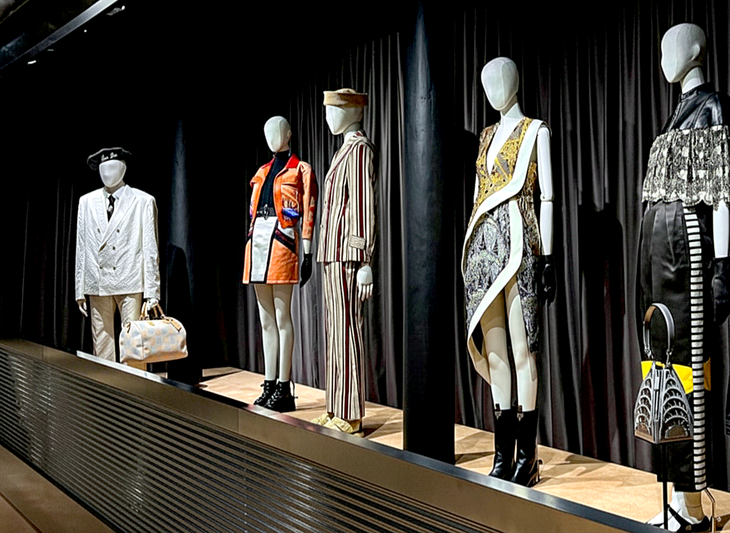
The French can now see how environmentally harmful clothes are before buying them - Photo: sortiraparis.com
Accordingly, from October 1, consumers in France will be able to see a number reflecting the environmental impact of the product on their newly purchased clothes. This is the first time a European country has applied a mechanism to display environmental costs in the garment industry.
The measure, which is stipulated in the 2021 Climate and Response Law, was originally expected to be mandatory from 2024. However, instead of applying it nationwide immediately, the French Government decided to implement it first on a voluntary basis while waiting for the European Union (EU) to complete a unified display framework for the entire region.
The new display system works like a “scoreboard.” Each product is assigned a number, called an environmental impact score. The higher the score, the greater the impact.
This score is calculated based on many criteria, from water consumption, greenhouse gas emissions, toxicity, recyclability, the amount of microplastics generated during washing to the "fast fashion factor", which is the scale of production and product life cycle.
Some brands have already gone ahead and voluntarily adopted the system. At the 1083 store in the Marais district of central Paris, a display shows the difference: a pair of fast-fashion jeans has 5,178 points, while a similar “Made in France” pair has just 1,428 points. With its supply chain based mainly in France and Italy, 1083 has easy control over the production process.
The Cyrillus brand has also experimented with the ambition to improve its score by increasing the proportion of organic cotton, reducing transportation and simplifying fabric composition to facilitate recycling.
The display is supported by the Clear Fashion app, which rates environmental and social impact on a scale of 0-100 and color-codes from green to red. Shoppers can scan QR codes on the garment label or look online for details.
The biggest challenge is cost. A pair of 1083 jeans sells for 100 to 150 euros, on par with mainstream brands. Cyrillus has cut its profit margins to avoid driving up costs. Le Slip Français, by contrast, says it has invested 100,000 euros to grade just 1,000 products, and complains it has not received any government support.
Dozens of brands are expected to join by 2026, according to the French Ministry of Ecological Transition. Those that adopt the display system must make their data public and be available for inspection by the authorities.
The ministry asserts that this is not only a tool to help consumers make responsible choices, but also a lever for manufacturers to self-regulate, moving towards more environmentally friendly design and production.
Source: https://tuoitre.vn/phap-dan-diem-tac-dong-moi-truong-len-quan-ao-20251006094643273.htm











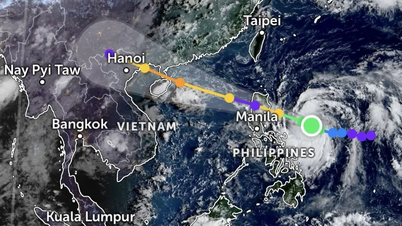

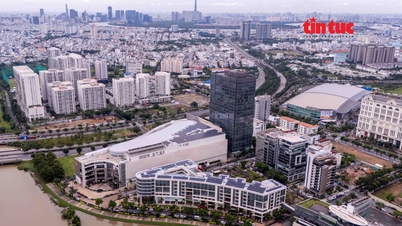







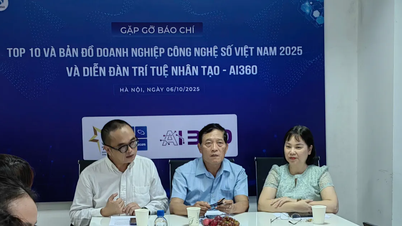


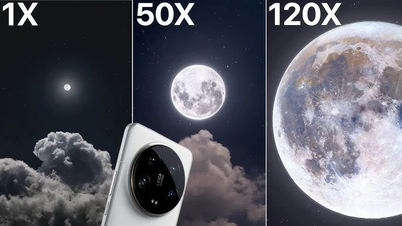





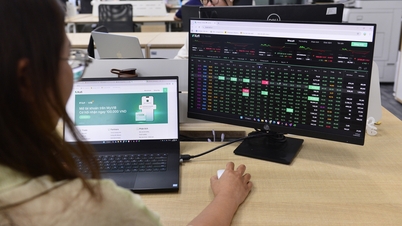



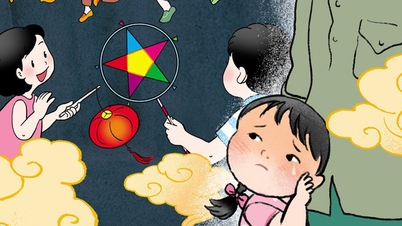













































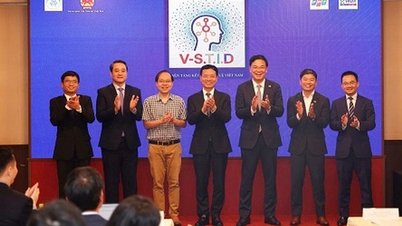


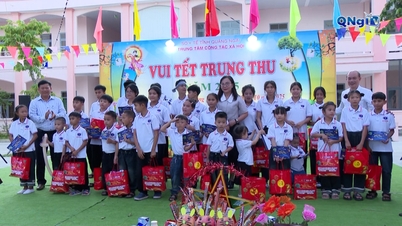





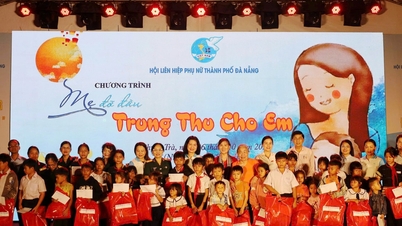

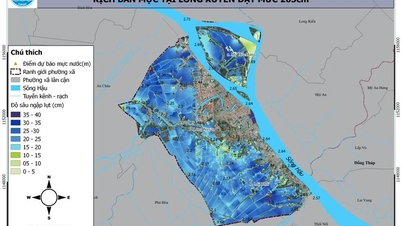

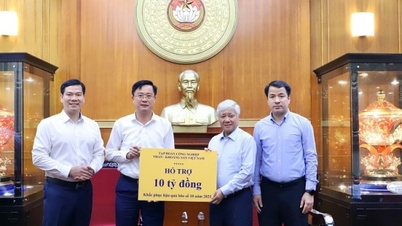












Comment (0)